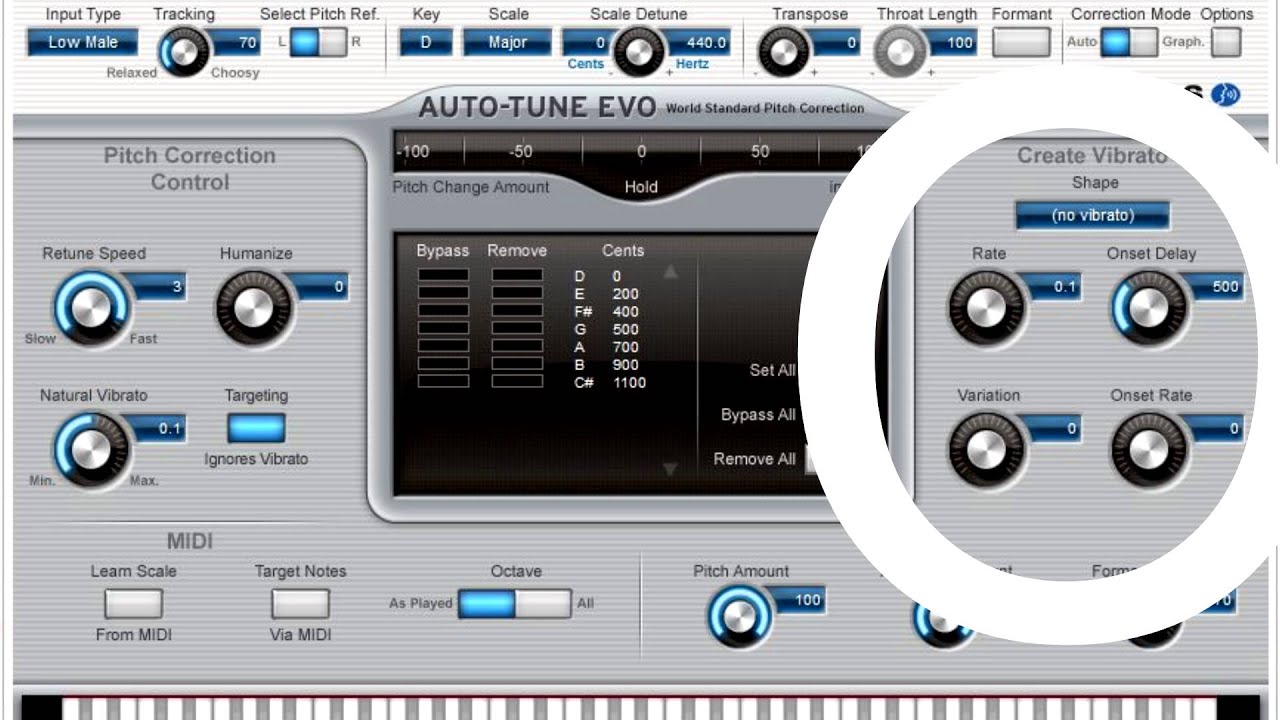
au files will have the same number of digits. Use enough zeros in the file name so that all the. For example, e$ will rename the files to, and so on.
#Audacity manual professional
#Audacity manual free
The free version of xplorer 2 cannot guarantee correct channel allocation. These versions will let you recover an unedited stereo recording with exact allocation of left and right channels, if Windows is running the NTFS file system.
#Audacity manual trial
You can use instead the Mass Rename tool in the 21-day trial Professional or Ultimate versions of xplorer 2.

Files from stereo tracks will alternate between left and right channels. The files will be in approximately 6-second chunks and will be on separate tracks in the Audacity screen. Use shift-click or control-click to select multiple files. au files from the Audacity temporary folder or project _data folder. If you only have a few AU files to recover, use the "Import Audio" command to open all the. Alternatively, try TinkerTool to do the same thing, or you can type Shift-Command-Period(.) to show or hide hidden files and folders in an Open or Save dialog. Then relaunch Finder to show the hidden files.

#Audacity manual how to
Otherwise, see how to show hidden files and folders. If you cannot see those folders, you can type %localappdata% into the Explorer address bar then look for the "Temp" folder.

If you are upgrading from previous Audacity, that version's temporary directory may be changed to the relevant safe location above if the previous location was known to be prone to deletion by cleanup applications or system restart. Mac: /Users//Library/Application Support/audacity/SessionData.Windows: C:\Users\\AppData\Local\Audacity\SessionData.By default the Audacity temporary folder should be as follows. You can see the exact location in Directories Preferences, otherwise you can see the location in the "TempDir" line in the audacity.cfg settings file. If you never saved an AUP project file, you need to recover from Audacity's temporary folder. If you saved an AUP project file, the _data folder you need to recover from will be in the directory to which you originally saved the AUP file. 4.1 Limitations of automatic recovery utilities.


 0 kommentar(er)
0 kommentar(er)
